Topic:
Biodiversity

Weeds or wildflowers? Reclaiming space for our native plants
Peter Stewart's connection to nature and his permaculture roots make him tick. During 20 years of on-ground experience in managing environmental weeds and learning about our native plants, he has developed a fascinating philosophy to guide and motivate his work. Nominated by seven community groups for his environmental conservation work, Peter was awarded Albany’s Citizen of the Year in 2014. He continues to be a driving force.

The watchers of Koi Kyenunu-ruff
"Around its rim, a delicate palisade of leaves, twigs, and silk rises like the turrets of a miniature castle.” Join wildlife ecologist Dr Karlene Bain as she takes us on a remarkable journey into the lives of the Cataxia spiders of the Stirling Range (Koi Kyenunu-ruff). For 23 years, Karlene has regularly returned to the burrow-dwellers that build these beautiful palisades. As she sets out their plight in the face of frequent, intense fires, it is clear the spiders’ silken threads are woven into her life too. Karlene's call for the watchers' last refuges to be safeguarded is one we all need to support.

A young farmer’s fresh outlook on the land
At 24, farmer Monty House is determined to look after the land on his Tenterden farm. He says "I have a powerful vision for the farm. I'm working towards building a model of financial sustainability and environmental regeneration." Monty is taking his landcare ethic seriously through his roles at both a local and state level. He is the recently elected Chair of the Gillamii Centre at Cranbrook, and is a committee member of the WA Landcare Network.

Ambitious new plan taking shape at Wilyun Pools Farm
Sylvia Leighton celebrates a bold new future for the family’s farm at Wellstead. Those who worked with Sylvia and her partner Peter McKenzie to create and implement this change include a capital investor, a Noongar group, a carbon organisation and an ecological program. Sylvia showcases their perspectives to portray the thinking, teamwork and challenges behind the roll-out of this ambitious project.

A sense of belonging on Frankland riverbank
Walpole's Prue Anderson warmly conveys her abiding connection to the Frankland River. At six-months of age she moved to the riverside property with her family and has closely observed it over nearly forty years while paddling, swimming, rock-hopping and exploring. As the new President of the Walpole-Nornalup National Parks Association, Prue's keen sense of place and care for nature extend outwards to encompass the nearby Walpole Wilderness area. Weighing on her mind are the entwined impacts of climate change and prescribed burning on the area.
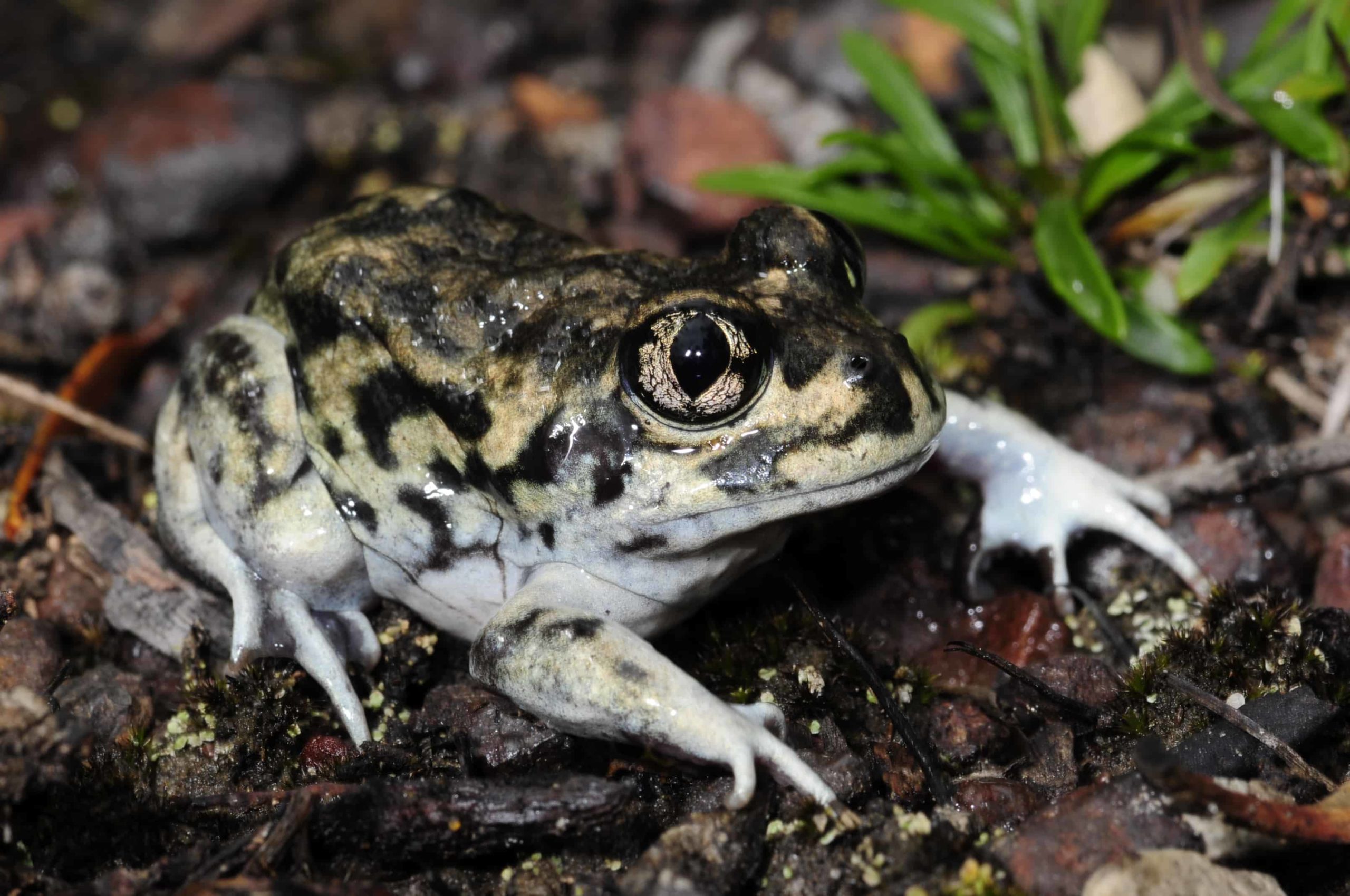
A fascination with frogs
For decades, Emeritus Professor Dale Roberts has studied frogs in southern Western Australia and taught biological science to university students. This account of his rich knowledge and experience comes with a wealth of anecdotes, including driving great distances all over the state to observe frog behaviour after storm events. Dale offers wonderful insights into the biology and diversity of frog species, including some surprising behaviours.

Lynette Knapp and Alison Lullfitz walking together on Country
Aunty Lynette Knapp and Dr Alison Lullfitz are colleagues and friends who collaborate on Walking Together, a four year UWA Albany research project. Lynette and Alison are walking and talking together on the bush property where Alison lives beside the Marra (Pallinup River), at Boxwood Hill. Connection to Country is a strong thread in their […]

Grand plan for the Wilson Inlet Catchment
Shaun's journey from a childhood in Seattle, shaped by his father's determination and a passion for the ocean and the outdoors, led him to a remarkable career in marine science and environmental advocacy. His early fascination with Jacques Cousteau's adventures fuelled a dream of becoming a diving instructor, which eventually morphed into a diverse professional path that spanned crab fishing in Alaska, teaching diving in the Caribbean, and landing him as a fisheries officer in Australia. Through his role with the Wilson Inlet Catchment Committee (WICC) Shaun has found a calling. Leading WICC's focus on sustainable agriculture and biodiversity, he embraced the challenge of fostering community engagement in environmental conservation. Under his guidance, WICC attracted a dedicated board and launched impactful initiatives, including a black cockatoo conservation program that mobilized local landholders and schools. Shaun's vision extends beyond immediate projects; he advocates for a shift towards larger, long-term environmental goals. Inspired by his father’s belief that mindset shapes outcomes, Shaun encourages thinking big to create meaningful change for future generations.

A true friend to region’s threatened species
Dr Tony Friend is a dedicated scientist and for more than forty years, he has lived his dream job of restoring populations of threatened mammals - numbats, Gilbert's potoroo, dibbler, woylies and more. In this story, Tony traces some of the ground-breaking research that led to effective fox control. He provides a fascinating account of the numbat's termite diet, and he shows how important it is for the community to have access to this deep knowledge and experience.

Committed environment campaigner from beginning
Margaret's journey in environmental advocacy began at Yarrak, her family farm near Kojonup, where her father instilled in her a deep respect for the land.
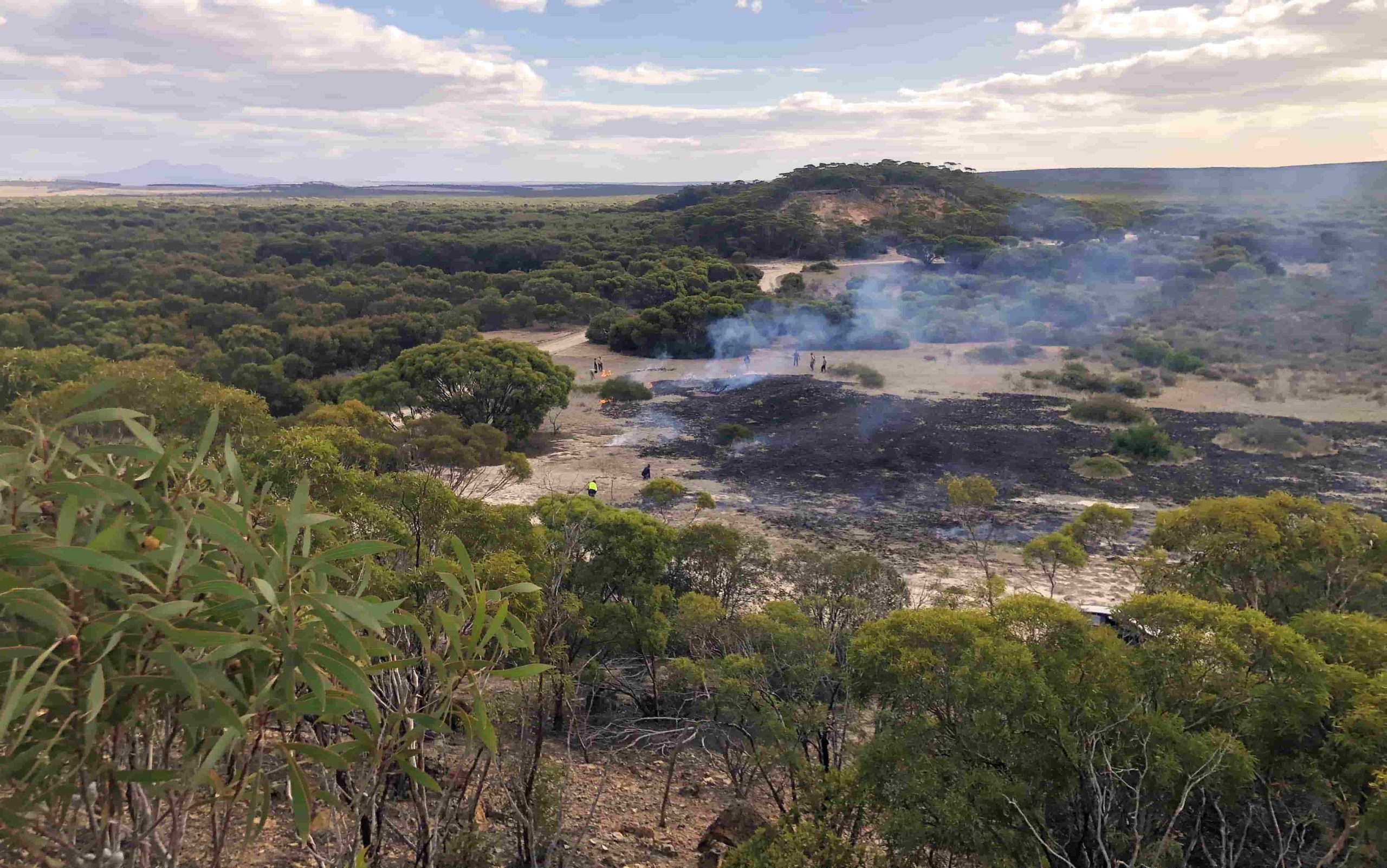
Yarning about fire
This story offers so much! It is a heart-warming yet serious yarn that shines more light on a way forward with fire. Here's Uncle Aden: "Kaarl (fire) was always part of our life ... We had a good life in camps and the kaarl made sure we were alright. We had all the comforts thanks to the fire." Join Uncle Aden Eades, Aunty Eliza Woods and PhD student Ursula Rodrigues as they sit and yarn about fire.

Katrina Syme: Delving into the fascinating world of fungi
The world is waking up to the vital role of fungi in maintaining healthy ecosystems. They enrich our lives too, with their extraordinary shapes and colours. Here's fungi aficionado and expert, Katrina Syme, wooing us to be fungi lovers with her infectious excitement and knowledge about these remarkable organisms.

Balijup farm: family, people and nature working together
Alan Hordacre and Basil Schur tell the heart-warming story of Balijup farm, near Tenterden. Balijup shows how conservation, farming and forestry can co-exist, boosted since 2012 by the enthusiastic collaboration between conservation group Green Skills and the Hoardacre siblings - Alan, Richard and Anne - who own the farm.

Keith Bradby: Go west young man?
With his enquiring mind, Gondwana Link’s Keith Bradby is always reading and listening, both to learn more and to find effective ways to bring about change. Since the mid-1970s, he has been intensely involved in major efforts to change land use in south-western Australia, including ending land clearing, promoting landcare and launching large-scale ecological restoration plantings. Here’s Keith, tracing the origins of his landcare ethic, Gondwana Link and some of what has been achieved along the Link, so far.
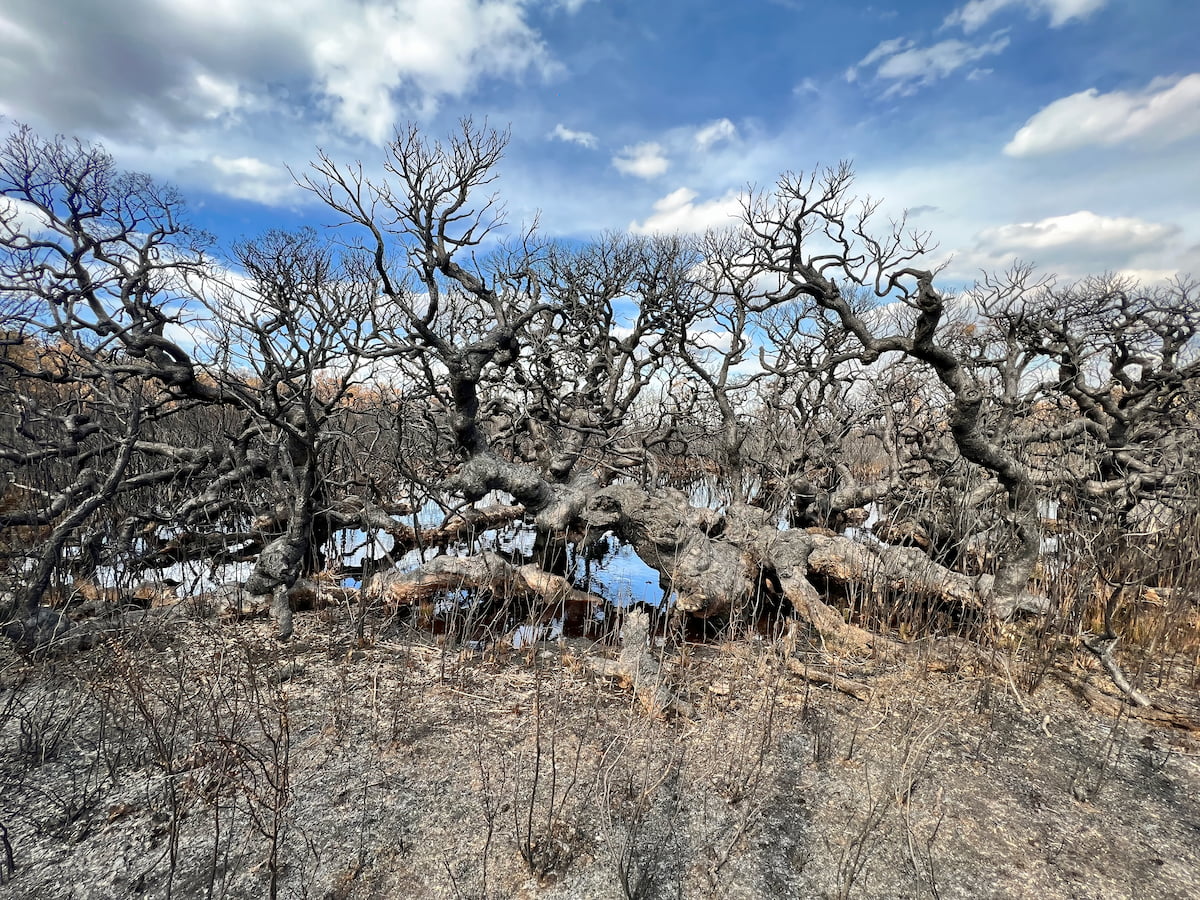
Speaking out: Dr Joanna Young challenges prescribed fire practices
For 35 years, as a forest scientist, farmer and local conservation group member, Joanna has been observing, exploring and loving the Walpole Wilderness Area. But current prescribed burning practices, with their immense impact on the area’s ecosystems and biodiversity, are spurring Joanna to speak out. She is part of a growing chorus of scientists and community members calling for an expert, independent review of the State Government’s prescribed burning program.

Farming family maintains a landcare tradition
Kingsley Vaux, the Shire of Gnowangerup’s Citizen of the Year for 2023, is a passionate leader in landcare, instrumental in founding the Yongergnow Malleefowl Centre. Growing up immersed in the bush, Kingsley credits his mother, Kaye, for instilling a deep love for nature, and highlights the importance of community involvement in conservation. Kingsley recalls how the massive land clearing in the 1950s and 60s negatively impacted local ecosystems, a lesson he learned firsthand. Since then, he and his wife Sandy have engaged in tree planting and land restoration. Despite facing challenges like declining community engagement and climate concerns, Kingsley remains hopeful. The success of the Malleefowl Centre and the resurgence of the Ongerup General Store demonstrate the community's resilience and commitment to sustainability, inspiring him to influence future generations in conservation efforts.

Ezzard Flowers: Power drawn from his reconnection with country
Ezzard’s life began with family, culture and being on country, but he became a member of the Stolen Generation when he was taken from family at age eight and placed in missions for six years. Reconnecting with his family and country and the importance of working together for Mother Boodja are moving and powerful threads in Ezzard's story.

Peat, Fossils, Palaeohistory + Art
Red tingle and red flowering gums, peat swamps and pollen fossils — all this magic is focused in the glorious Walpole Wilderness and our storyteller is DR ELIZABETH EDMONDS. Elizabeth lives an incredible life as a scientist, artist and gallery owner. Here she explains how she’s weaving together these threads to protect the places, plants and wildlife she loves.

Sayah Drummond: a refreshing perspective on making a difference
"I am a 'people person', so working with the community and working with passionate people is just really energising ... I’ve learned that a lot of environmental recovery is done by volunteers because they care, they make the effort to learn, and they truly make a difference to their little patch."

Giving fire back to Goreng Country
"Uncle Aden Eades articulated the Elders were feeling like their “tyres were going flat” and their presence was token. This conversation centred on the need to properly fund a thorough cultural assessment before any burn."
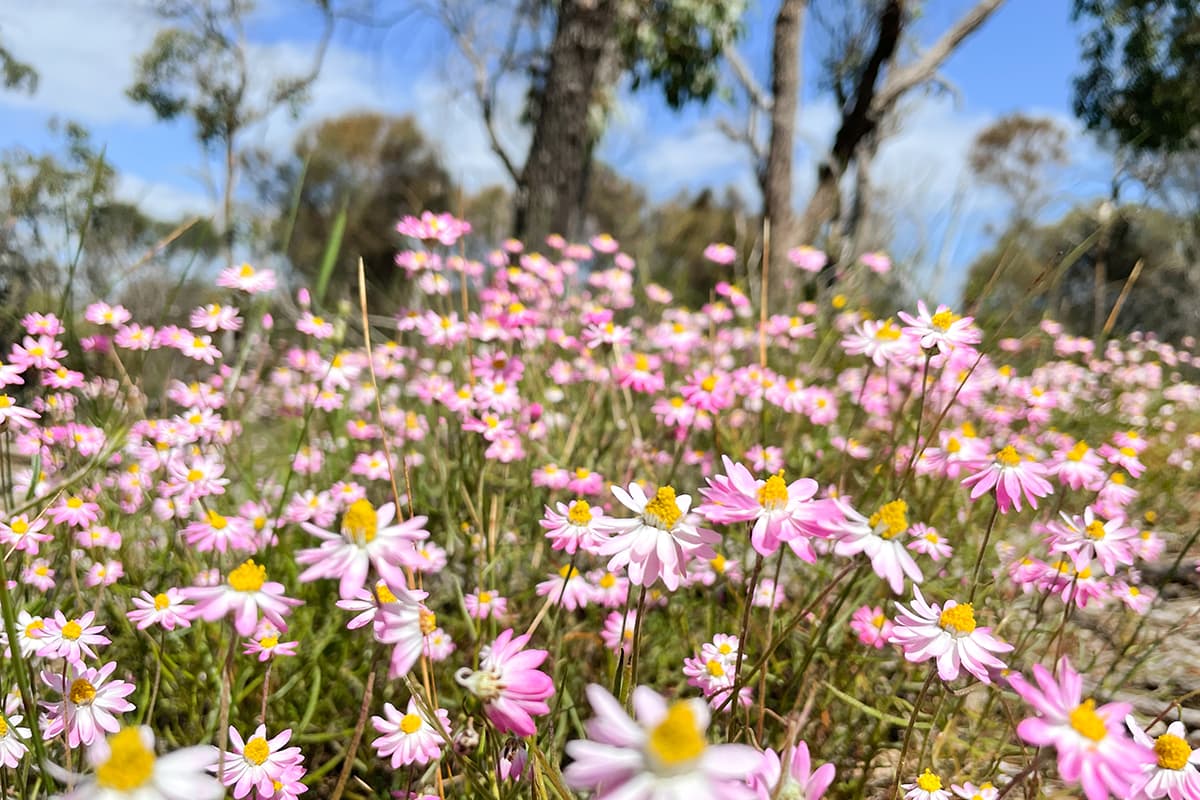
Long-time landcarer reflects on changing Kojonup environment
Kath Mathwin has lived amongst Kojonup’s environment for over 80 years. She recalls great beauty in nature as well as the processes that have produced major environmental change and loss. Kath’s story is an appeal for a stronger landcare and environmental ethic in farming districts like Kojonup – everywhere really!

The Western Ground Parrot and me: A story about Brenda Newbey and Western Australia’s rarest bird
The extraordinary efforts of Brenda Newbey and others to identify, locate and protect Western Australia's rarest bird are conveyed in this rich and important environmental history. Work to save the ground parrot continues.

Habitat plantings bring the birds
From bare paddocks back to bush full of wildlife. In this story, animal ecologist Dr Nic Dunlop explains the rationale behind undertaking high quality ecological restoration.

Nic Dunlop: The power of citizen science
Meet Dr Nic Dunlop, Coordinator of the Citizen Science Program at the Conservation Council of Western Australia. For decades, Nic has used his scientific knowledge to assist and run citizen science projects, mostly involving birds.

Justin Jonson: Leadership in ecological restoration
Listen to Restoration Ecologist Justin Jonson describe his years of work refining the science of restoring habitats and ecological integrity on cleared land.
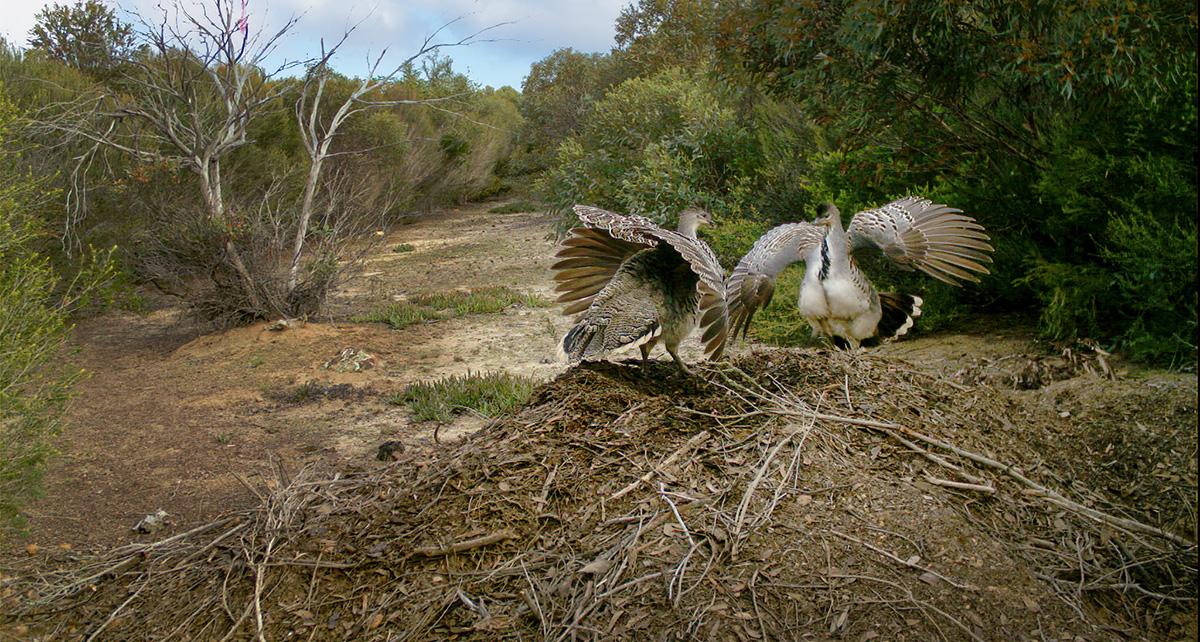
Eddy and Donna Wajon: Chingarrup Sanctuary
Meet Eddy and Donna Wajon from Chingarrup Sanctuary, the first private property purchased for conservation in the Gondwana Link.

Sunset frogs in the cool and wet
"I was actually looking for crayfish burrows, and my habit was to feel around with my hands in the peat where there were holes in the ground. Reaching under a small ledge in the peat, I felt something wet walk onto my hand. Instinctively cupping my hand gently, I brought it closer to see."

Chingarrup Sanctuary brings life to the land
With the aim to protect and restore biodiversity, in 2002 Eddy and Donna Wajon purchased two properties within the Gondwana Link, including Chingarrup Sanctuary. This property spans 572 hectares near Boxwood Hill, and has become a thriving field studies center, attracting over a thousand visitors and researchers. The couple's efforts to rehabilitate the land include direct seeding and creating habitats for native wildlife, notably Malleefowl, which have established nesting mounds on the property. The sanctuary showcases rich biodiversity, and to date 780 fauna species and 575 plant species have been identified. Eddy and Donna have fostered a community of scientists and nature lovers, sharing their conservation journey and encouraging others to participate in protecting the environment. Their commitment demonstrates that individuals can make significant impacts on conservation, inspiring others to take action for the future of Australia’s unique ecosystems.

Aunty Carol Pettersen shares her connection to Boodja
A Menang-Gnudju Elder, Aunty Carol Pettersen OAM JP has dedicated her life to Indigenous affairs, serving as a Justice of the Peace for 35 years and receiving numerous accolades, including the National NAIDOC Female Elder of the Year in 2008 and a Medal of the Order of Australia in 2022. Aunty Carol shares her deep connection to Boodja, or country. She emphasizes the importance of land, where stories of creation are woven into the landscape. Guided by the rhythms of flora and fauna, Aunty Carol learned the wisdom of her ancestors, passing down this knowledge through generations. Despite the challenges posed by colonial policies and environmental changes, she actively participates in land restoration efforts. She has witnessed the revitalization of the landscape and the return of native species, forging a powerful bond between her family and their country. For Aunty Carol, caring for Boodja is not just a duty; it is a source of identity and belonging.
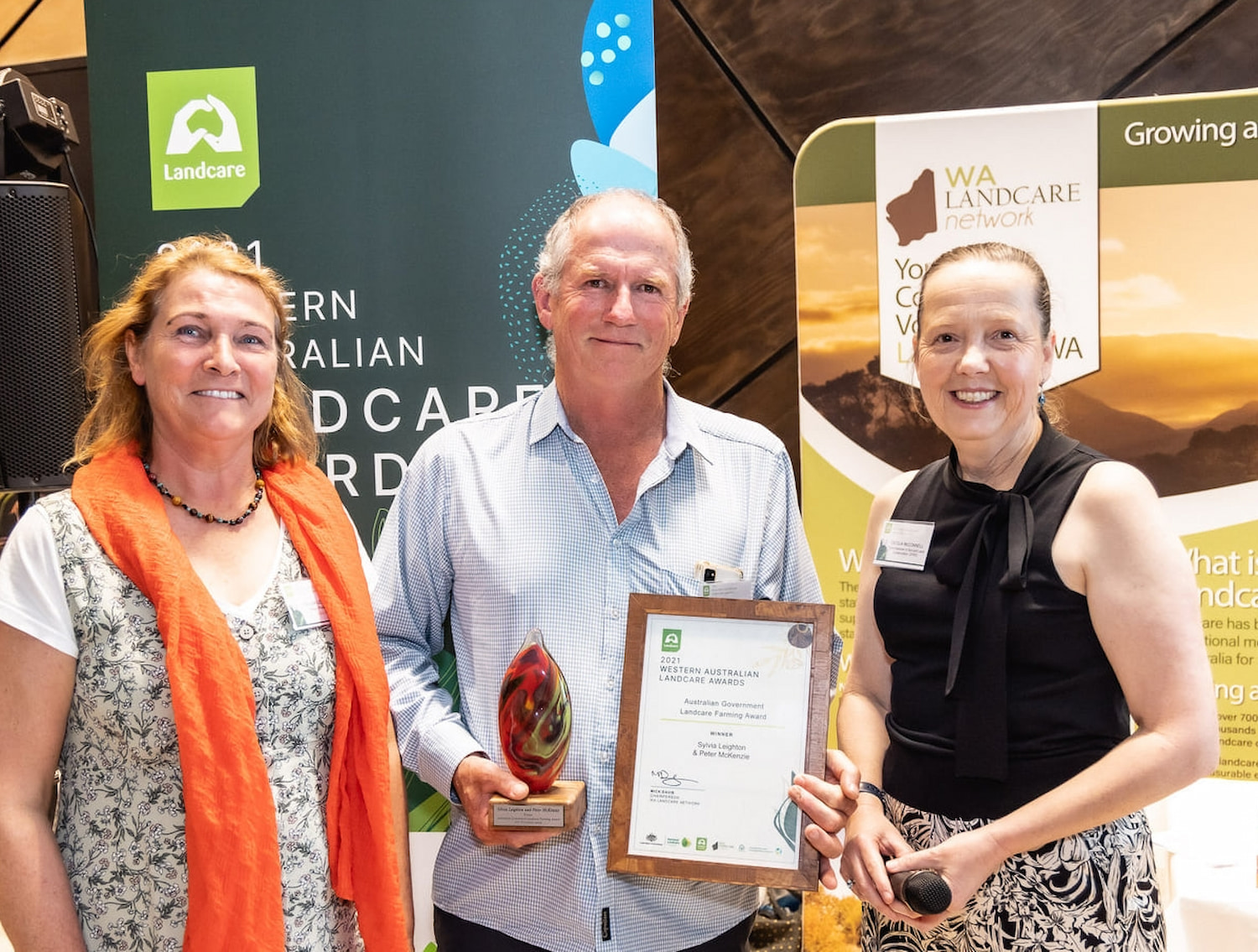
Landcare family has passion for sustainable farming
Sylvia Leighton’s journey began in 1965 when her family arrived on a property teeming with native bushland, a stark contrast to the agricultural landscape that emerged through years of clearing. As a child, Sylvia and her siblings were pivotal in clearing and transforming the land to farm sheep, an experience that instilled a profound sense of responsibility within her. "Returning to this farm as an adult felt necessary," she reflects. "I wanted to rebuild the biodiversity we had lost." Alongside her partner Peter, Sylvia is dedicated to rehabilitating Wilyun Pools Farm, nurturing the once threatened ecosystems. They have transformed 110 hectares into thriving wildlife corridors, enriching habitats with over 30 native plant species. "We hope to create a legacy of biodiversity," she explains, acknowledging the intricate dance of nature and the knowledge she has acquired over the years. Sylvia’s collaboration with local Noongar Elders highlights her commitment to understanding and respecting the land’s cultural heritage. Their efforts aim not just for restoration but for sustainable coexistence with the environment, ensuring that future generations inherit a vibrant, healthy landscape. "Our long-term vision is to harmonize food production with ecological integrity," she states, embodying a deep respect for both nature and community.
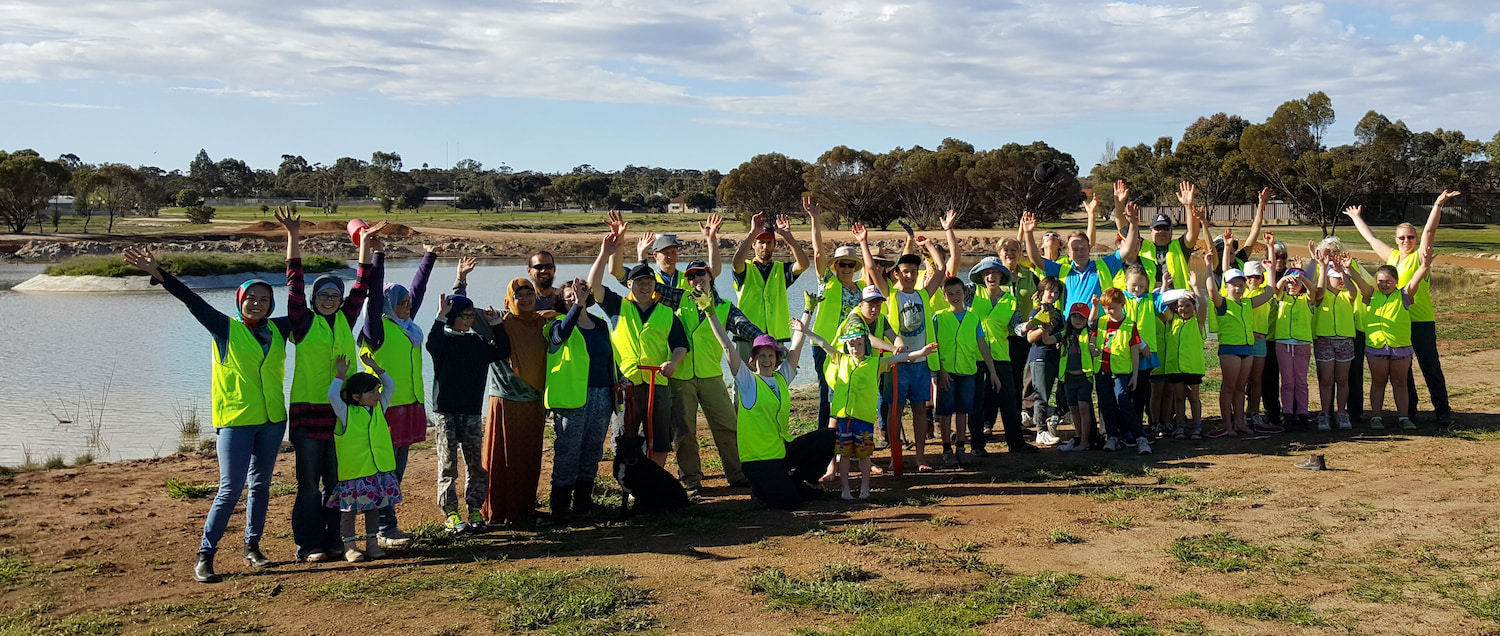
The Wonderful Buzz of Katanning Landcare
Ella Maesepp from Katanning Landcare has played a pivotal role in enhancing sustainable land management since joining in 2006, being recognized with the ACM Landcare Community Group Award in 2021. At the intersection of three really distinct vegetation groups across the Shire, she emphasizes Katanning's unique ecological diversity, housing distinct vegetation types and endangered species like Carnaby's Cockatoos and Red-tailed Phascogales. The community has a strong commitment to Landcare, evidenced by a local levy supporting its initiatives for over two decades. While Katanning faces challenges such as erosion, salinity, and climate change, the community has adapted by increasing tree planting and embracing sustainable practices. Ella highlights a positive shift among farmers towards land stewardship, with annual plantings ranging from 100,000 to 250,000 trees. Despite the daunting impact of climate change, Ella remains hopeful, noting the proactive engagement of the community and their resilience in addressing environmental challenges. The future hinges on sustained efforts to adapt and protect the land and its ecosystems.

Chris Lewis: Lifelong work for Kojonup Regional Herbarium
Growing up on the family farm in Tambellup, Chris's love for plants blossomed amidst the bush that surrounded her home. As a child, she often wandered into the wild with her siblings, collecting flowers instead of heading straight home from school. Her father introduced her to tree planting at just four years old, reforesting areas he had over-cleared, which shaped Chris's understanding of landcare. Over the decades, Chris has documented nearly 800 plant species in Kojonup, discovering unique biodiversity between the wheatbelt and southern forests. Her favourite species, from the vibrant Tetrathecas to the intriguing sundews, reveal nature's complexities. As she organized wildflower displays, Chris learned to identify plants by their habitats, fuelling her passion for botany. Yet, challenges remain including invasive weeds which threaten the reserves. She continues to advocate for careful management to protect the rich flora that defines the local landscape.

Carol Pettersen: Storylines
This is the compelling story of Carol Pettersen, a Menang-Ngadju Elder. Aunty Carol was born at the Gnowangerup Mission and raised in the bush around Jerramungup with her family, which she describes as “one of the most glorious times of my life”. She has spent much of her life in the Albany area, on her traditional country and her story offers many cultural insights.
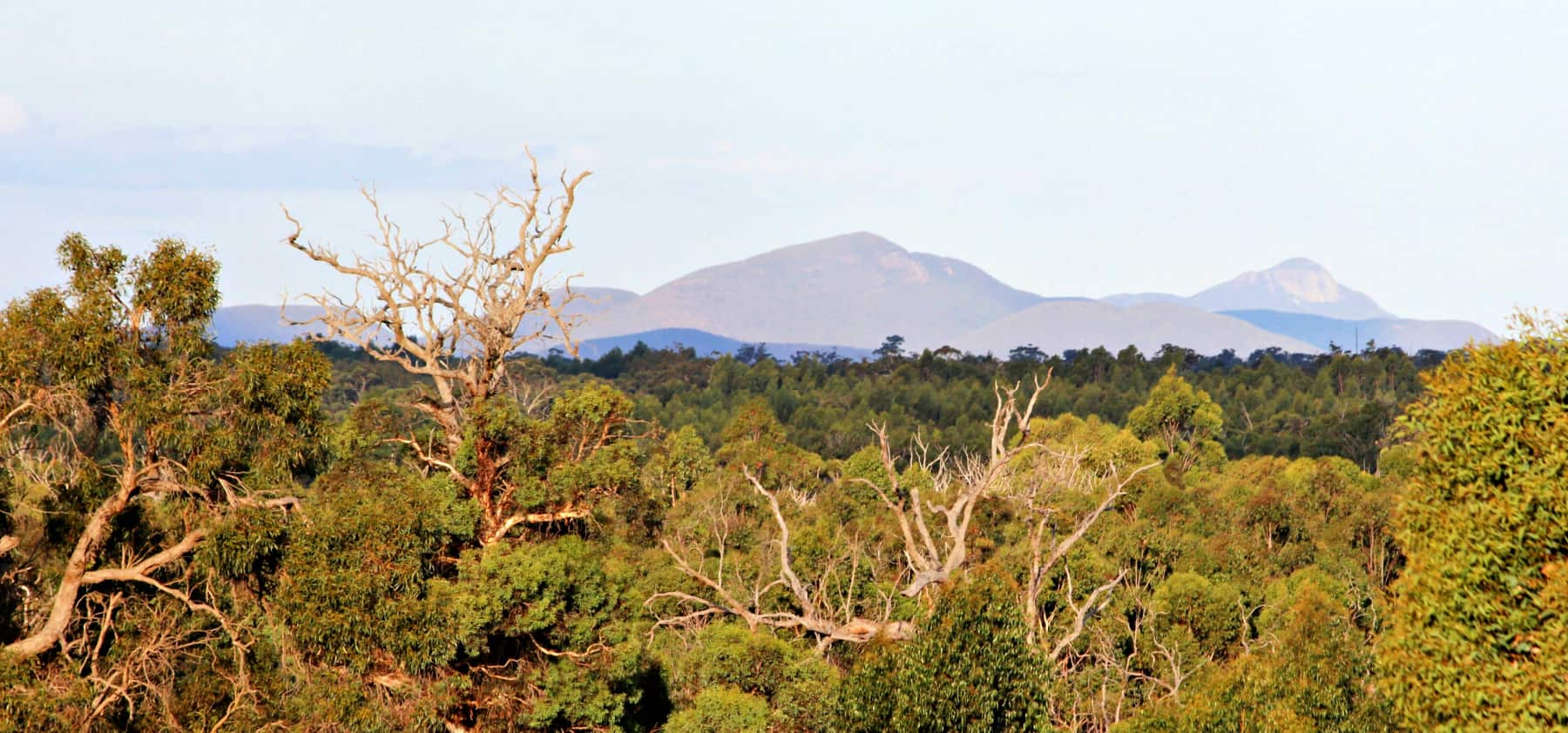
Balijup Farm and Fauna Sanctuary
Listen to current co-owner Alan Hordacre and others describe the important work taking place at Balijup Farm, including the fully fenced Fauna Sanctuary.
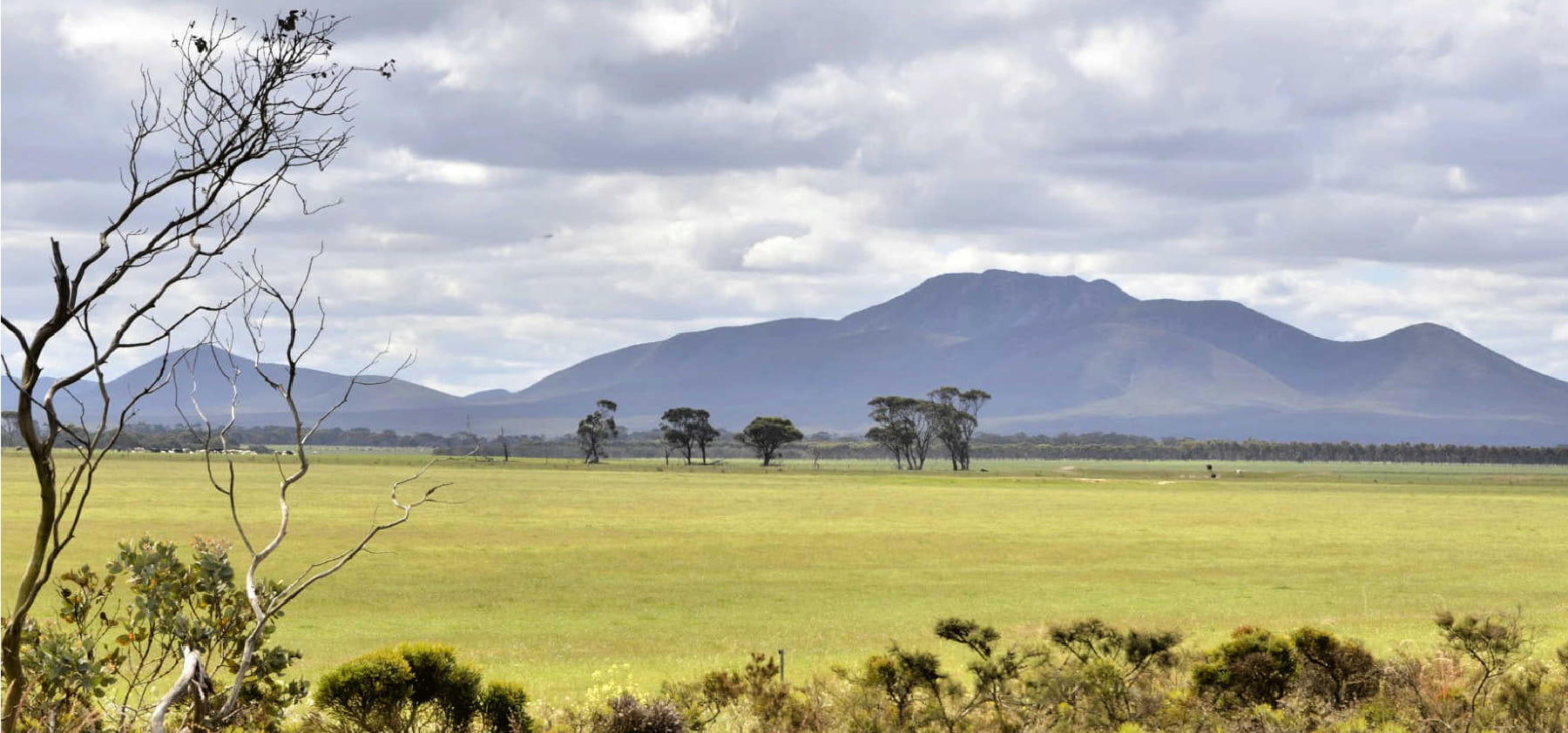
Ranges Link: Caring for the Kalgan Valley
Meet some of the key people behind the Ranges Link initiative in the Kalgan Valley, a productive farming area between the Porongurup and Stirling Ranges.

Sylvia Leighton: A passion for ecologically-based farming
Sylvia Leighton is a farmer, landcarer and scientist with a passion for ecologically-based farming
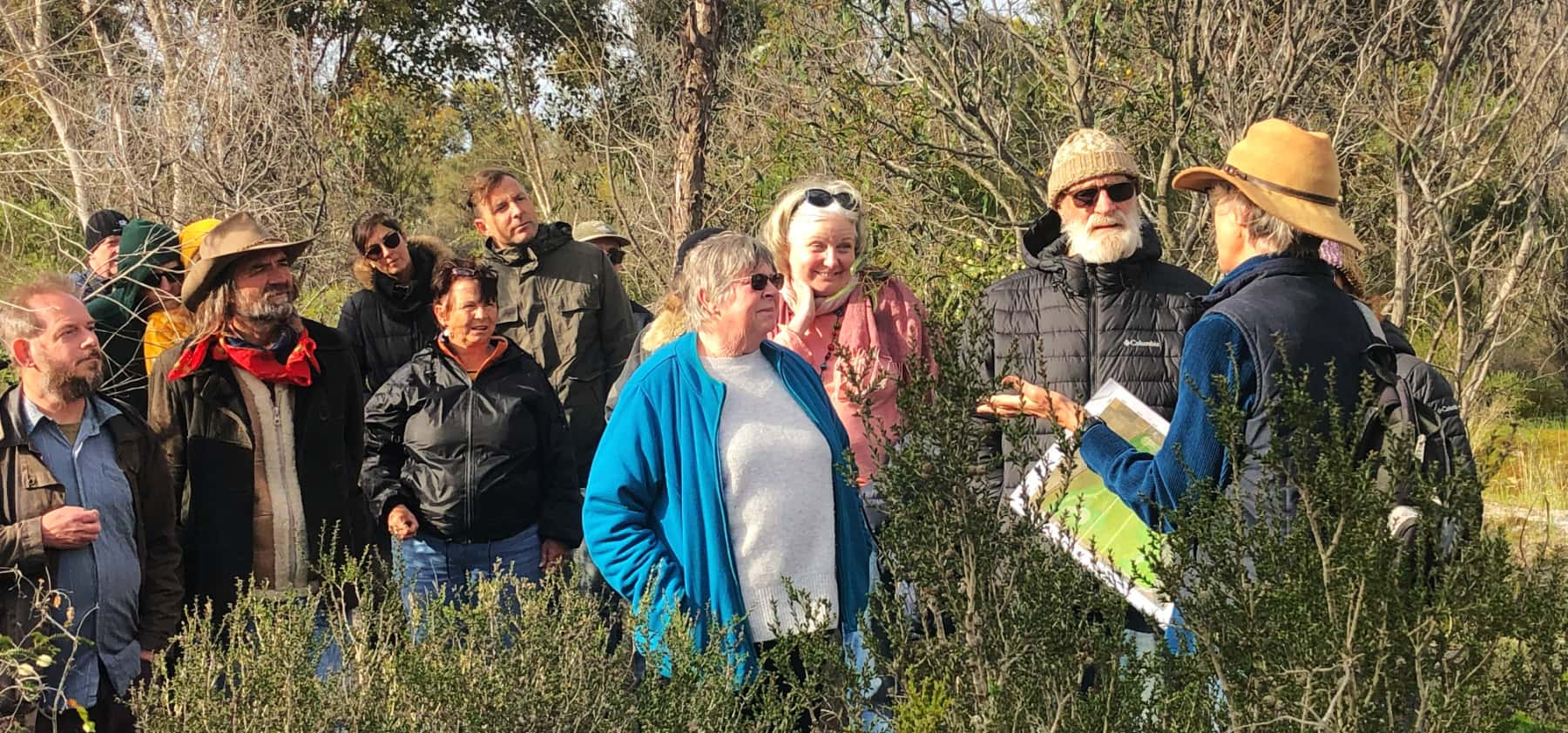
Wendy Bradshaw: A life in landcare and regenerative farming
Wendy Bradshaw farms near Tambellup, and is also a passionate environmentalist who is constantly learning and experimenting with how we can farm better with nature.
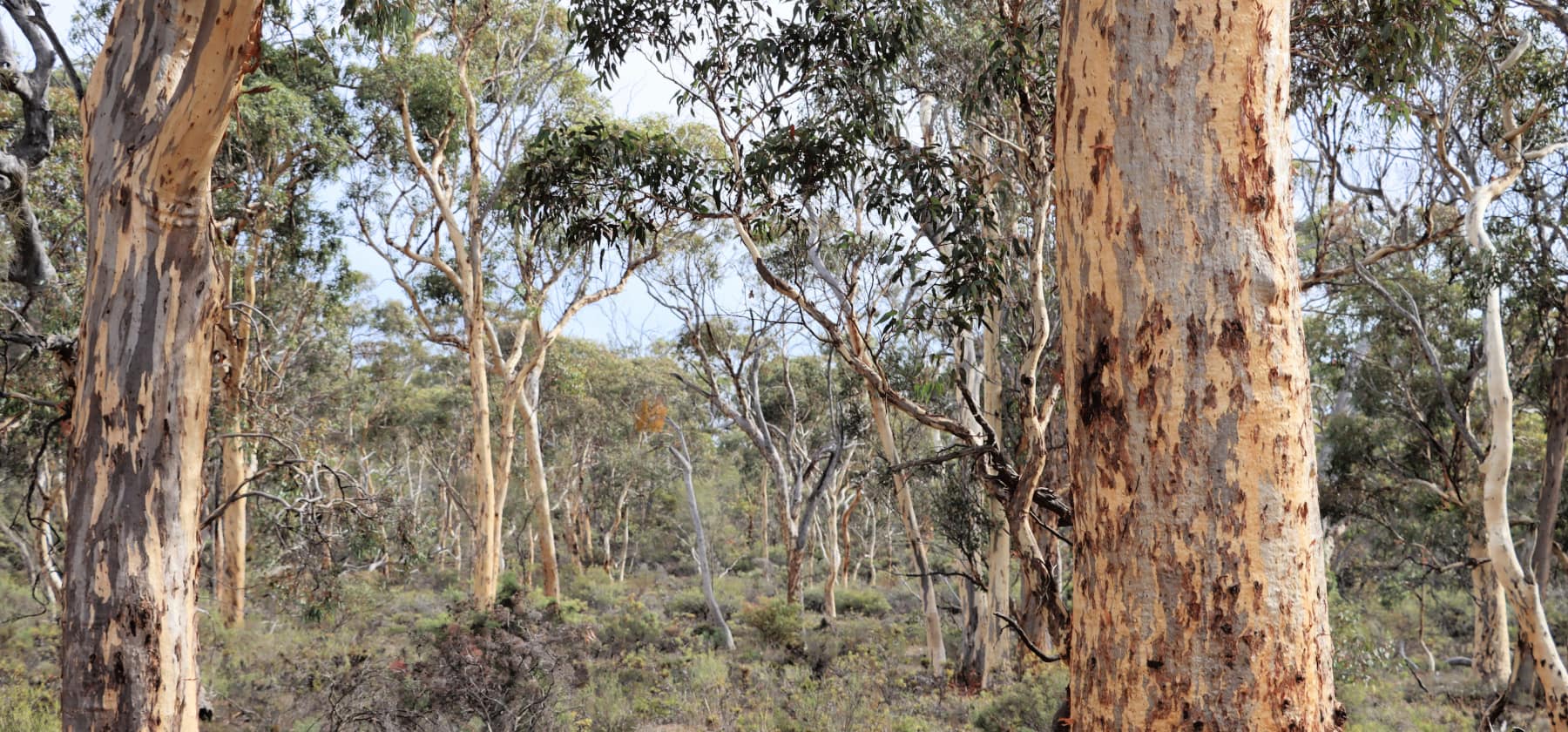
Gen Harvey: Wingedyne Reserve
Listen to Gen Harvey, Landcare Officer at Wagin-Woodanilling Landcare Zone describe what makes Wingedyne Reserve so special.

Twin Creeks Reserve: Community driven conservation
Meet some of the members of Friends of Porongurup Range, an incredibly passionate and dedicated community group who own and manage Twin Creeks Conservation Reserve.

Wayne Zadow: A passion for birds
Wayne Zadow has been an avid birdwatcher for decades, especially around Kojonup where he farms. He has an extraordinary knowledge of bird species, their behaviour and habitat preferences. Wayne is very concerned about the impact of spring burning on nesting birds.

Yarraweyah Falls Restoration Project
Yarraweyah Falls is a 100 hectare ecological restoration project that is filling a gap for Gondwana Link, in the highly biodiverse Fitz-Stirling area.

Chris Lewis: An enduring passion for Kojonup’s wildflowers
An interview with Chris Lewis, from the Kojonup Regional Herbarium, on her remarkable 45-year commitment to the plant life of Kojonup.

Restoration ecologist is a man with a mission
Tash Kneebone from The Southerly charts the state of the Great Southern’s environment and goes one-and-one with local restoration ecologist Justin Jonson.

Eileen Croxford: Finding ‘Pingrup Pink’
Eileen Croxford was collector of the extremely rare Eucalypt 'Pingrup Pink' - in fact in between first finding it and then going back to the same spot the area had been entirely cleared.

Linking modern science with Indigenous knowledge to care for the land
Robyn Williams from The Science Show interviews Stephen Hopper, Professor of Biodiversity about linking modern science with Indigenous knowledge to care for country.

Entangled nature: The Stirling Range National Park
The history of the Stirling Range National Park - one of the largest reserves within the southwestern Australian global biodiversity hotspot. One of the most species-rich places in Australia and valued as a significant but threatened conservation asset.

A conversation with Jack Williams and Averil Dean: stories about country
Drawn from a 2004 talk by Noongar Elders Jack Williams and Averil Dean featuring stories about country, including Boola Miyel (Bluff Knoll).
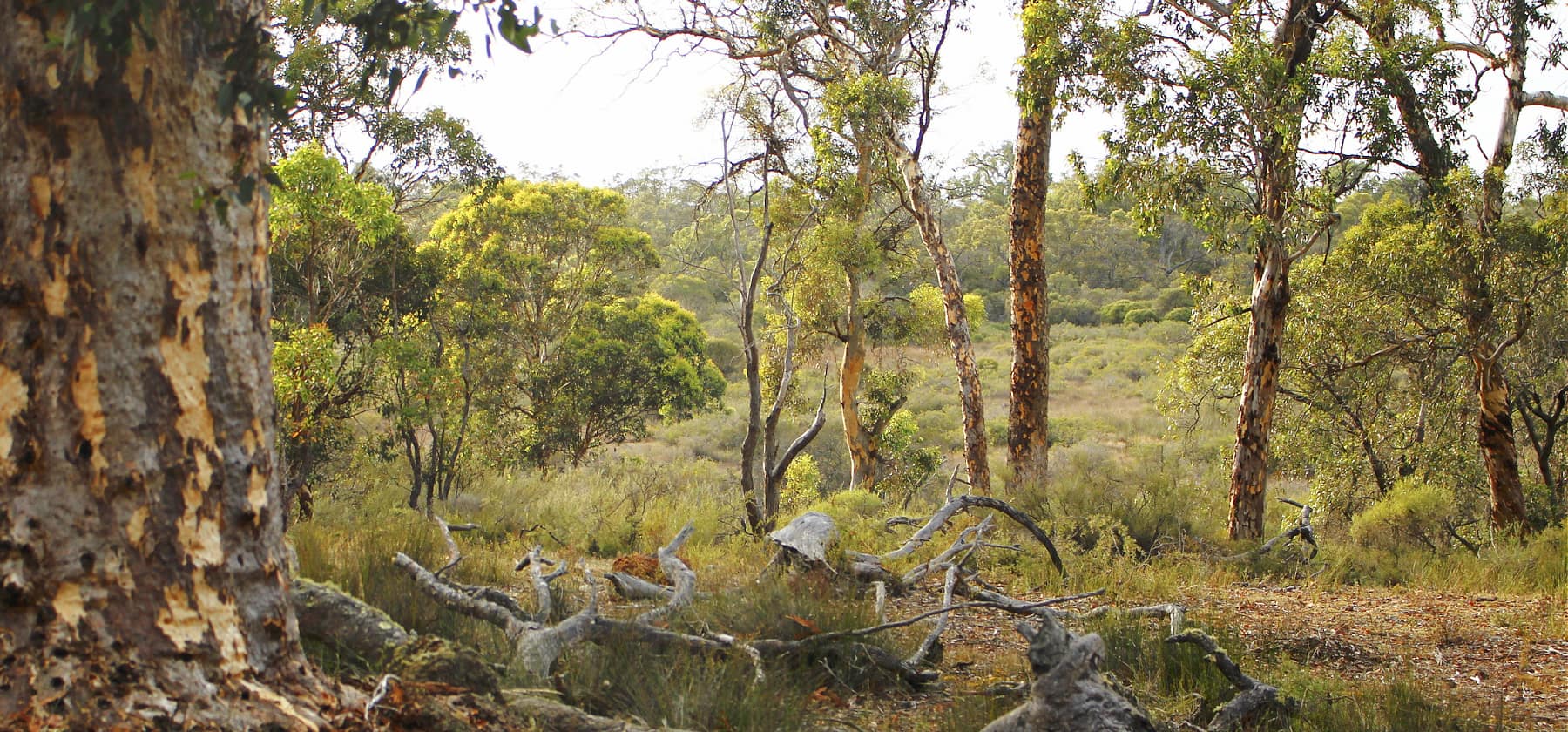
Balijup Farm and eco-sanctuary from above
Experience flying above a wandoo woodland canopy. This film features drone aerial photography of the Balijup Farm and Eco-Sanctuary in April 2020.

Birds on the edge: Helping threatened shorebirds
The salt lakes around Cranbrook are a highlight in the Great Southern. This short film showcases community and landholder work to fence and rehabilitate the foreshores of their salt lakes to protect threatened shorebirds, like the Hooded Plover.

Balijup: A jewel in the Gondwana Link
From Green Skills, this film introduces Balijup - a special property in the Great Southern region and a vital link in the Gondwana Link.

Ancient range reveals totems
WENDY BARRETT talks to Vernice Gillies, Larry Blight and Ron Grey about the powerful connections between the Porongurup Range and the Menang people.

Heather’s incredible life on the riverbank
Heather Adams has been a constant presence in the Landcare activities in the Upper Kalgan and Ranges Link for three decades.



